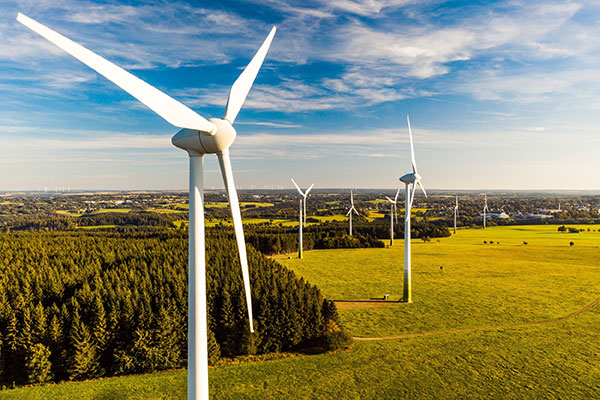A call to governments and private industry to boost their levels of investment in renewable energy generation came at a COP26 session titled Power-up: Factoring Resilience into Transitioning Energy infrastructure.
Delivering a keynote address, Samantha Power, administrator of USAID said the world needed new power generating infrastructure to deliver renewable energy that doesn’t emit greenhouse gases. ‘If the world is to get to net-zero emissions by 2050 electricity will have to be at the core – electric cars, trucks and transport, electric heaters and air pumps. We must become far more reliant on electricity which means electricity must become far more dependable. That’s why we need renewable energy infrastructure to be resilient to changing climate.’
She highlighted that the benefits of making new infrastructure more climate resilient will outweigh the costs by as much as four to one.
Francisco López, Chile’s Vice Minister of Energy shared Chile’s targets for 2030. He said his country has set four complementary goals: To clean the electricity generation capacity by increasing the amount of renewable energy to reach 80 percent renewable before 2030 (in 2018 was 44 percent); withdraw coal fired plants by 2040; promote energy efficiency mainly by construction of equipment; and replace fossil fuels with electricity into the transport sector (aiming to have 100 percent electric vehicle sales of light and medium vehicles by 2035).
The Coalition for Disaster Resilient Infrastructure (CDRI) hosted the session that was introduced by Sara Moarif, head of Environment and Climate Change Unit, IEA. She also stressed that new energy generating infrastructure had to be reliable to minimise the risk of disruption to supply. ‘In this context, adapting energy systems and improving their resilience becomes vital for long-term sustainability.’
Picture: wind turbines deliver clean energy. Copyright Just Energy

